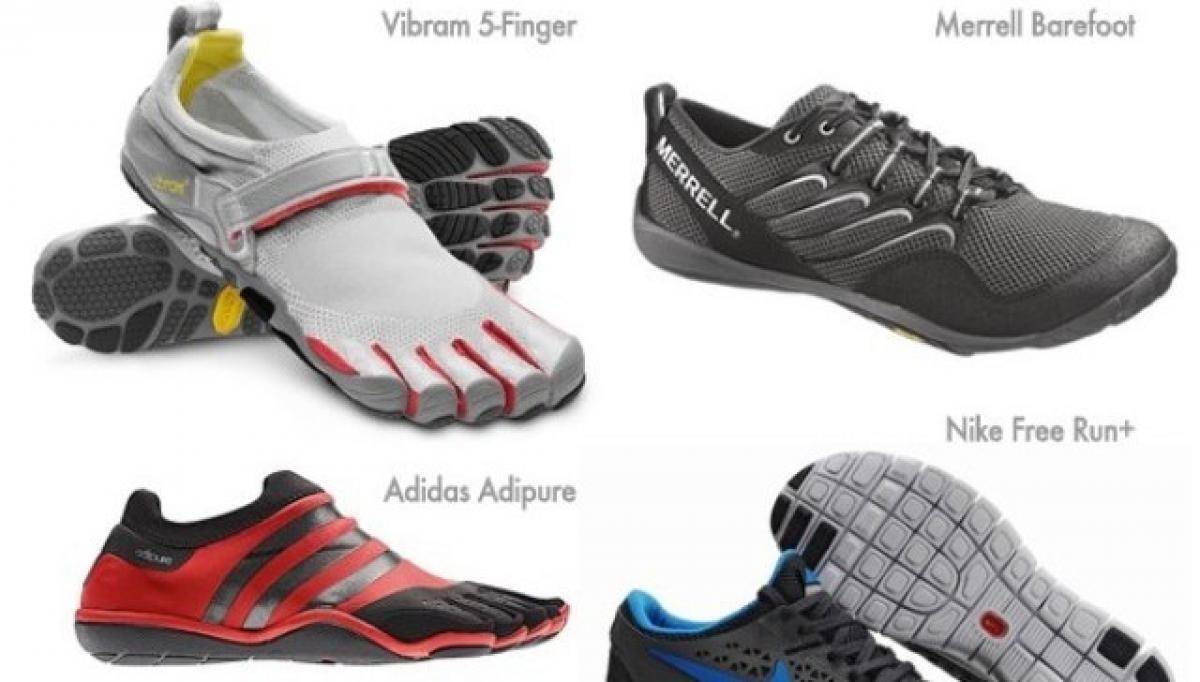Live
- MeT department advises TN fishermen to avoid deep sea fishing
- Scientists decode brain activity that can help treat anxiety and depression
- Madarihat loss sees BJP’s tally in Bengal Assembly down to 66
- Sambhal mosque survey: Mob pelts stones at cops, several arrested
- US chipmaker AMD poised to step up investment in India
- Market Outlook: Q2 GDP, FIIs data and global cues key triggers for next week
- Internationalisation of UPI progressing rapidly: RBI
- NHRC Team Visits Sangareddy Jail to Investigate Lagacharla Incident
- Bookshelf
- Subtle Ideas in A Poetic Manner
Just In

The volumetric growth of EFM may also be due to higher strain and greater force generation in the posterior and medial calf muscles when running with MRS.
Hong Kong: Running in minimalist shoes can increase leg and foot muscle volume, finds a new study.
The researchers for the study recruited 38 runners with an average age of 35, who have been running for six years on average with their traditional running shoes (TRS), footwear of heel-to-toe drop over 5 mm, with additional cushioning pad and artificial arch support.
Among the 38 participants, 20 runners selected randomly to the experimental group underwent a six-month training programme.
At the beginning, each participant was given a pair of minimalist running shoes (MRS) and a self-monitoring programme including transition exercise regimes such as calf strengthening exercise and balance training.
The other 18 runners in the control group received the same training programme running with their own TRS.
All the participants were invited to undergo a magnetic resonance imaging (MRI) scanning for measuring their right leg and foot muscles before and after six-month intervention.
The mean volume of the extrinsic foot muscles (EFM) attached from the leg to foot increased from around 25,100 mm three per kg to around 27,000 mm three per kg, an increase of 7.05 per cent and the intrinsic foot muscles (IFM) attached from the heel to toes increased from around 4,600 mm three per kg to near 5,000 mm three per kg, an increase of 8.8 per cent.
"The mean volume of the forefoot and rearfoot increased by 11.9 per cent and 6.6 per cent respectively. In contrast, the volume of leg and foot muscles in the control group remained unchanged," said Roy Cheung, Assistant Professor at The Hong Kong Polytechnic University in a statement.
The study also found a positive correlation between participants' MRS compliance and the changes in leg muscle volume. The more compliant participants are in wearing MRS, the higher the leg muscle volume growth.
The research team explained that as MRS provides minimal cushioning and no mechanical support to the foot arches, the IFM and EFM, which function as important foot arch stabilisers, would experience greater demands for strength.
The volumetric growth of EFM may also be due to higher strain and greater force generation in the posterior and medial calf muscles when running with MRS.
In addition, mid/forefoot landing imposed more stimuli to the anterior part of the foot, especially for the metatarsophalangeal joint, the joint of the foot and toes. Muscles responsible for metatarsophalangeal joint motions may therefore be strengthened with this type of landing.

© 2024 Hyderabad Media House Limited/The Hans India. All rights reserved. Powered by hocalwire.com







